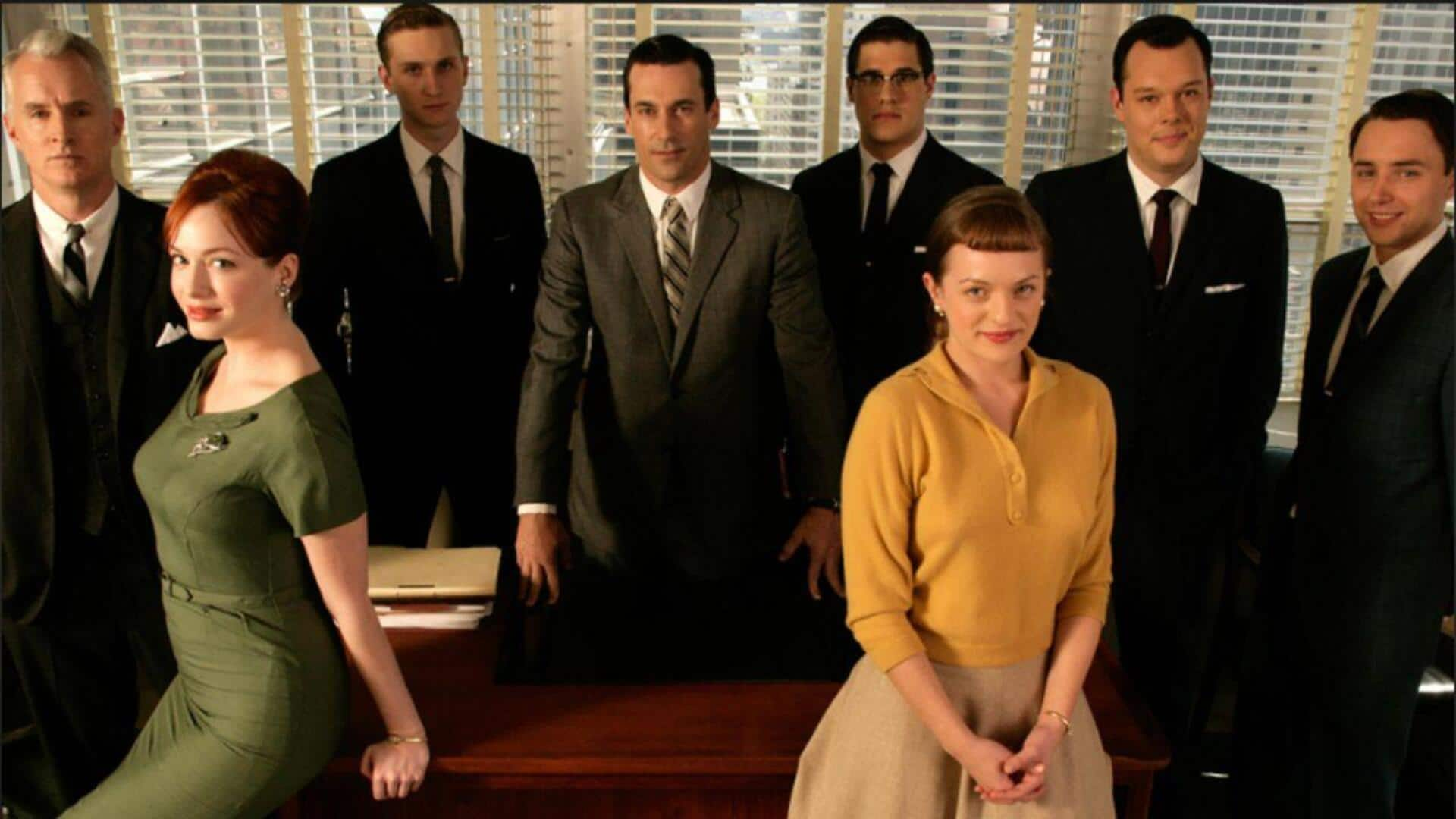
'Mad Men' scenes that perfectly capture 1960s American culture
What's the story
Mad Men is an iconic series that gives us a peek into the world of advertising in the 1960s. The show is not just about the advertising industry but also a window into the American culture and society of that time. Here are five scenes from Mad Men that perfectly capture the vintage American culture, giving us a glimpse into the values, norms, and changes of that era.
Scene 1
The power of advertising
In one of the early scenes, Don Draper pitches a campaign for a new product. This scene highlights how advertising was not just about selling products but also about shaping public perception and cultural identity. It shows how advertisers had immense power to influence consumer behavior and societal trends.
Scene 2
Gender roles in transition
Another memorable scene features Peggy Olson navigating her way through a male-dominated office environment. This scene highlights the evolving gender roles of the time. It shows women beginning to assert themselves professionally, despite facing significant barriers. Peggy's character development is a testament to the gradual shift in societal norms regarding gender equality.
Scene 3
Family dynamics redefined
A family dinner scene gives us a glimpse into changing family dynamics in the 1960s. The traditional family structure is still intact, but there are subtle hints of shifting values as family members interact with each other. This scene captures the tension between old-fashioned ideals and new-age perspectives.
Scene 4
Racial tensions reflected
In one powerful scene, racial tensions are addressed within an office setting. The discussion reflects broader societal issues related to race during this period in America. It provides insight into how these tensions were present even within professional spaces.
Scene 5
Fashion as cultural statement
Fashion plays an important role throughout Mad Men as it reflects cultural statements from that era. A particular scene showcasing Joan Holloway's wardrobe highlights how clothing choices were used as tools for empowerment and self-expression among women at workplaces during this time period.